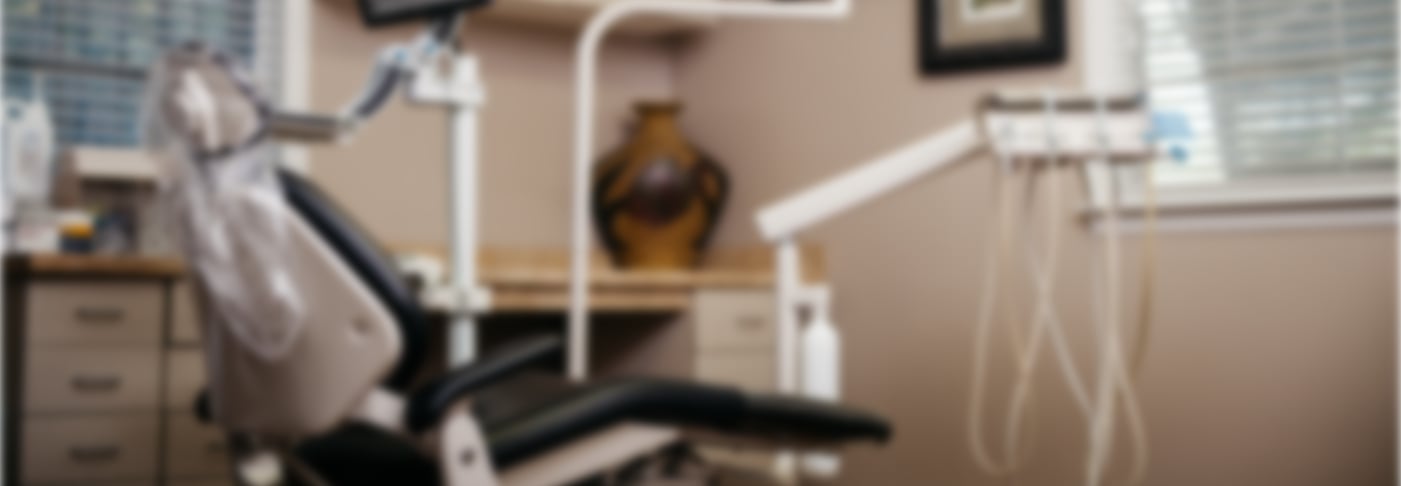If you have ever had the experience of trying to soothe a teething baby, you understand the desperation that accompanies attempts at finding relief (for you and the baby!). Teething is not a fun stage, and most parents will try almost anything to lessen their child’s pain. While it’s tempting to ignore ingredient lists and just use the products that are tried and true, new warnings from the FDA (US Food and Drug Administration) have come out that should give you pause.
Benzocaine, a local anesthetic that is a common ingredient in baby teething products, is now under fire for its association with methemoglobinemia. This disorder causes the drastic reduction of oxygen levels in the bloodstream. Rare and sometimes even fatal, the condition can be linked directly to benzocaine-use. Some of the symptoms that may be exhibited if methemoglobinemia is the cause can include:
- Skin and nail beds that are pale, blue, or grey in color
- Lethargy
- Shortness of breath
- Headache
- Fast heart rate
There are other symptoms as well, but if your child is exhibiting these general signs and has recently had products containing benzocaine used on them, seek medical attention. Symptoms can begin right after use, or they might appear up to 2 hours afterward. With this new FDA warning to parents comes a letter to companies to stop advertising these products as teething remedies. Because the topical medicines are hardly effective since they are rinsed out of the babies’ mouths quickly, the risk is just too great to keep the products on the shelves. The FDA’s warning points out that these products should never be used on children 2 years or younger, but even if the user is older, great precaution should be taken. There are risks associated with all products that contain the local anesthetic, and packaging should always include those warnings.
Benzocaine can come in many different forms, including ointments, sprays, and gels. Familiar names like Baby Orajel, Chloroseptic, and Topex will probably ring a bell if you have ever been a caregiver to a teething infant! Fortunately some companies have already taken the warning seriously and pledged to take all baby products containing the anesthetic off the shelves. Regardless, compromised baby products still remain for sale, so it is the parent’s responsibility to look for other ways to remedy the teething pain for their children. The best ways to ease the discomfort will always remain rubbing your baby’s gums with your fingers and giving them a hard rubber teething toy to chew on. Avoid anything frozen as that could cause injury and steer clear of homeopathic medicines as they are not regulated in the U.S and could potentially be very dangerous.
It’s completely natural to trust products that have been on the shelves for many years, and it can be difficult to adjust to new methods of pain relief for your child. Nevertheless, the priority is always safety and every ingredient that your child is coming into contact with should be looked at thoroughly. As hard as it is to refrain from using topical medicines to relieve teething pain, you will have total peace of mind that you’ve taken every precaution possible to protect your baby’s health.

